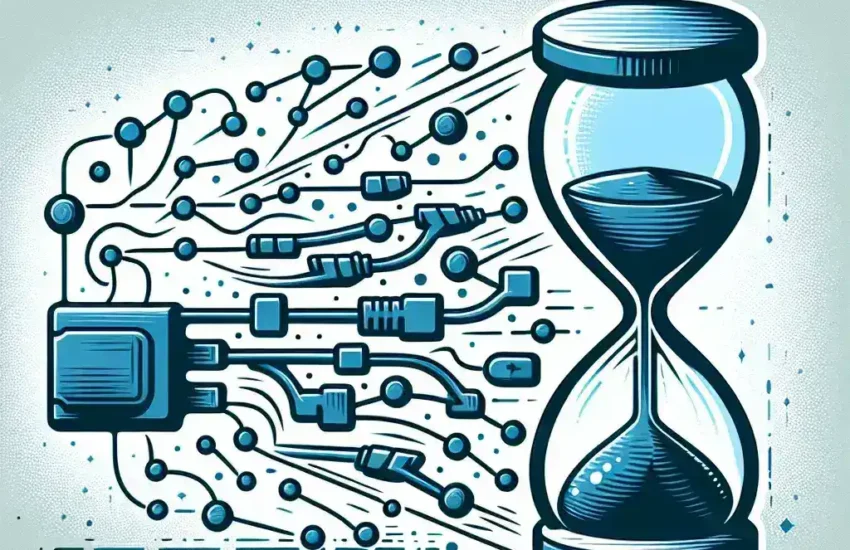Experiencing problems with a network adapter’s link speed can lead to frustratingly slow internet connections and disrupted online activities. Resolving these issues involves a series of diagnostics and potential fixes to ensure optimal performance. This guide provides detailed, SEO-optimized information to help you troubleshoot and resolve network adapter link speed issues efficiently.
Understanding Link Speed
Link speed refers to the rate at which data is transferred between a network adapter and the network it is connected to. It is usually measured in megabits per second (Mbps) or gigabits per second (Gbps). Various factors, such as hardware limitations, software settings, and network configurations, can affect link speed.
Common Issues Affecting Link Speed
Several factors can impact the link speed of your network adapter. Understanding these will help you identify the root cause and apply the appropriate solution.
- Outdated Drivers: Old or incompatible drivers can affect performance.
- Faulty Cables: Damaged or low-quality cables can restrict data flow.
- Hardware Limitations: The adapter or router might not support higher speeds.
- Network Congestion: High traffic can reduce available bandwidth.
- Computer Settings: Incorrect settings can throttle the connection.
Detailed Diagnostic Steps
To effectively diagnose and resolve link speed issues, follow these detailed steps:
1. Verify Cable Quality
Ensure you are using high-quality Ethernet cables, preferably Cat5e, Cat6, or higher, which support speeds up to 1 Gbps or more.
2. Check the Network Adapter
Inspect the hardware to ensure it supports the desired link speed. Consult the manufacturer’s specifications if necessary.
| Network Adapter Type | Supported Speed |
|---|---|
| Cat5 | 100 Mbps |
| Cat5e | 1 Gbps |
| Cat6 | 10 Gbps |
3. Update Network Drivers
Old drivers can cause performance issues. Update your network adapter drivers through the device manager or manufacturer’s website.
4. Reconfigure Network Settings
Access your network settings and ensure the network adapter is set to auto-negotiate the link speed. You can also manually set the speed to match your network capabilities.
Procedures to Follow
Let’s go through the steps to check and resolve the issues.
1. Use Device Manager
Open the device manager and locate your network adapter. Right-click and select ‘Update driver.’
Steps:
- Press Win + X and click ‘Device Manager.’
- Expand Network adapters.
- Right-click your adapter and select ‘Update driver.’
2. Check Router Settings
Log in to your router’s admin settings and check if the link speed settings match those of your network adapter. If your router is outdated, consider upgrading its firmware or hardware to support higher speeds.
3. Network Commands
Use network command tools to diagnose issues.
- Open Command Prompt and type ‘ipconfig /all’ to check your current network settings.
- Use ‘ping’ and ‘tracert’ to test connection stability.
4. Adjust Power Settings
Ensure your computer’s power settings are optimized for high performance, which can affect network adapter speed.
- Go to Control Panel > Power Options.
- Select High performance.
Advanced Troubleshooting
1. BIOS Settings
Sometimes, the link speed settings in BIOS affect your network adapter. Access BIOS and ensure your network adapter is configured correctly.
2. Replace Hardware
If all other methods fail, consider replacing outdated or faulty hardware, including cables, network adapters, or routers.
3. Professional Assistance
If you are unable to resolve the issue, consulting a professional technician might be the best course of action.
Conclusion
Link speed issues with network adapters are common but can be resolved with systematic troubleshooting. From checking cable quality to updating drivers and adjusting settings, a range of solutions ensures you enjoy optimal network performance. By following the steps detailed in this guide, you will likely resolve any link speed issues and enhance your internet experience.

